Can Americans Travel to Cuba in 2025? Everything You Need to Know
Updated Guidelines: How to Travel to Cuba Legally as a U.S. Citizen via “Support for the Cuban People”
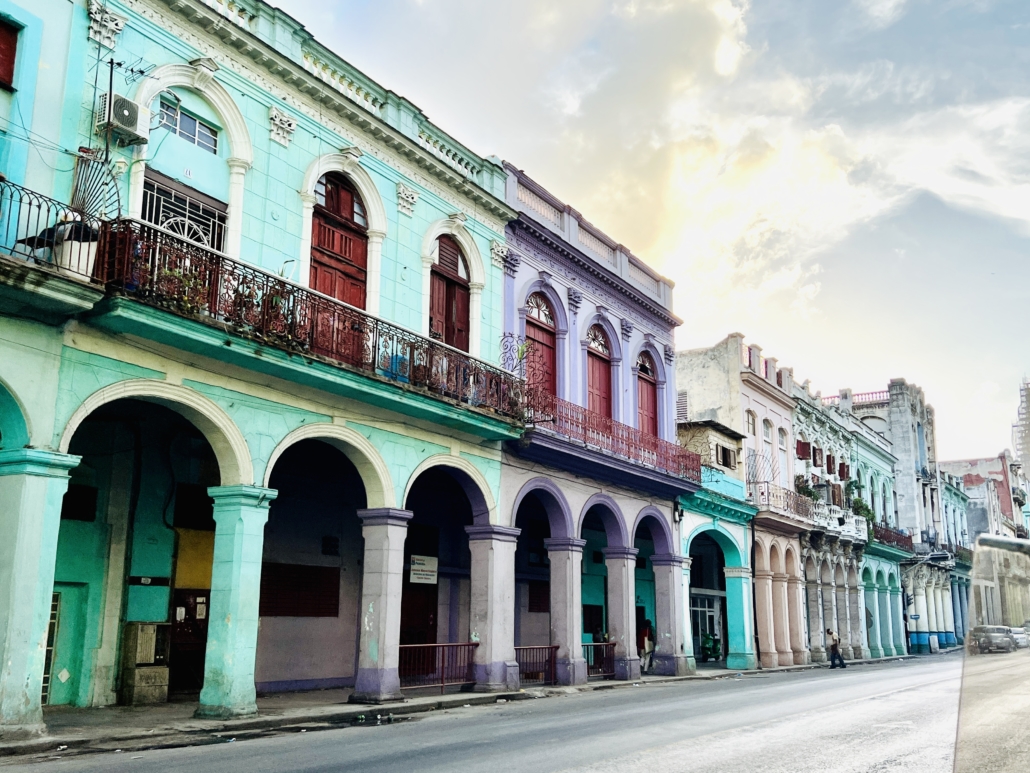
Very rarely does a place exactly match the expectations and picture I have it in my head, but Cuba came pretty close. Colorful and slightly chaotic, it’s an island frozen in time. Crumbling pastel buildings, cars in all shapes and shades of the rainbow, and people everywhere, it’s unlike anywhere else on the planet; it’s a trip that’s not exactly relaxing but one you’ll remember forever.
If you want to laze around on a beach resort, this ain’t it, but if you’re looking to really immerse yourself in the culture, Cuba is a unique trip for those with an adventurous, curious spirit. If you’re intent on visiting lesser-visited places, read on.
Learn how U.S. citizens can legally travel to Cuba in 2025 under the ‘Support for the Cuban People’ category, including updated regulations and travel tips.
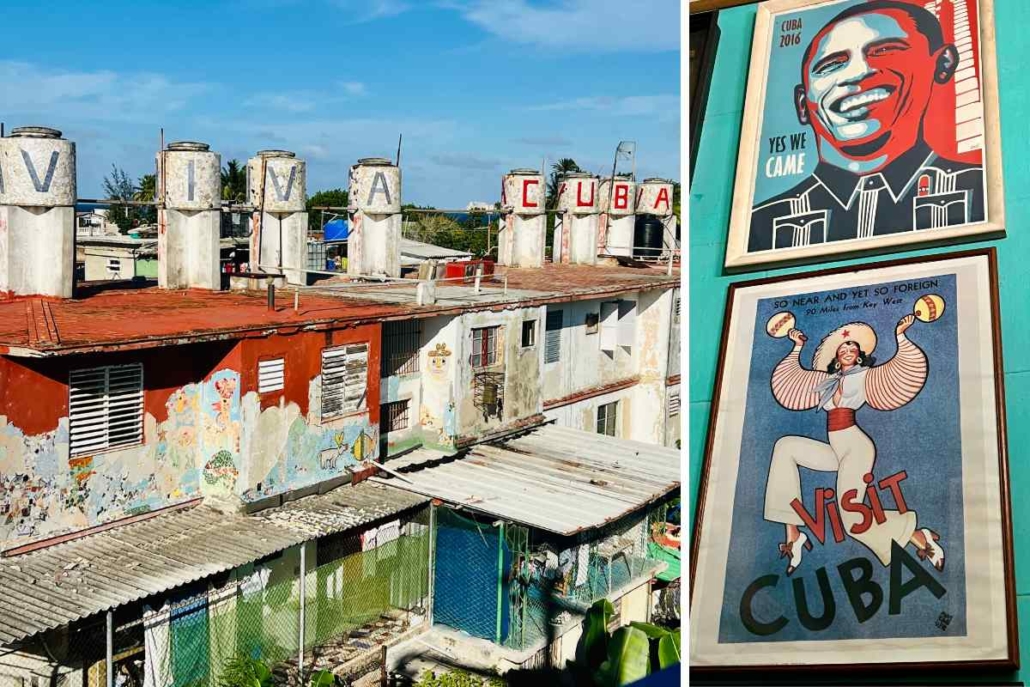
Why Can’t Americans go to Cuba? It’s Complicated.
Way back in the ’60s, in the Cuban missile crisis and Cold War era, President John F. Kennedy placed sanctions on Cuba as a way to show he didn’t support what their government was doing. Intended to hurt their economy by banning tourism, the “ban” was self-imposed by the U.S. government, and while it certainly affected the Cuban economy, it didn’t do American travelers any favors.
In 2014, the Obama administration greatly reduced the red tape surrounding travel restrictions and created 12 categories of legal travel to Cuba, which Trump hasn’t changed…yet. There are still a few hoops to jump through, and it’s not completely open, but Cuba is more than welcoming and accepting of Americans.
Check the U.S. Embassy in Cuba’s travel information for official guidelines.

Legal Travel Categories for Americans Visiting Cuba in 2025
Yes, and it is MUCH easier than people think and the media makes it out to be. In 2025, for U.S. citizens, there are still 12 authorized “legal ways” to travel to Cuba. It’s a misconception that you need “permission” from the U.S. government prior to booking a trip. Back in the day, you did need to submit a reason to visit and get it approved by the OFAC (Office of Foreign Assets Control) in advance, but now you just check a box on your entry form for why you’re there.
I could have qualified for “journalistic activity,” but the most popular is “support for the Cuban people,” which is the most common classification, without explicitly being for general tourism. I wanted to put that as my reason for traveling so I could experience the same thing as my friends and explain it to anyone curious about visiting.
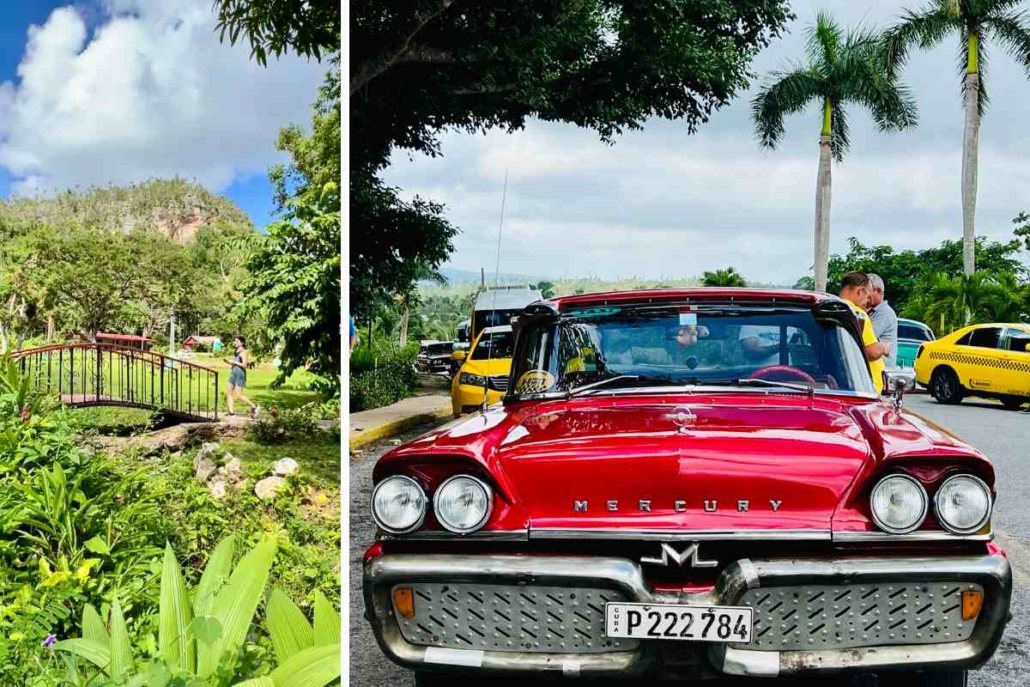
What is support for the Cuban People?
The U.S. government has an intentionally vague definition, but it basically means spending your money supporting locals rather than government-backed entities, which is how I try to travel anyway. It means planning a trip around activities that interact with locals, so instead of lazy beach days, you’re immersing yourself in the culture and getting tourism dollars into the hands of those who really need it.
All that’s required is you stay at a casa particular (a private vacation rental like an Airbnb, not a government-run hotel), eat only at mom-and-pop restaurants (called paladares), and have a full schedule, 8-5ish of planned activities through individual tour guides like Civitatis. Again, you can’t just sip Mojitos at a beach resort all day because for a Cuban “people-to-people trip,” you’re expected to have an experience that’s educational in nature and to really get immersed in the environment.
More technically speaking, the U.S. government allows travel to Cuba under 12 authorized travel categories, each with specific guidelines. One of the most popular and accessible categories for American travelers is “Support for the Cuban People.” This category encourages meaningful cultural exchanges and direct engagement with Cuban citizens, promoting independence from government-run institutions.
To comply with the “Support for the Cuban People” category, travelers should focus on activities that contribute to the local economy and foster connections with Cuban individuals. Examples of compliant activities include:
- Staying in Privately-Owned Accommodations: Book a room at casas particulares, which are privately-owned bed-and-breakfast-style lodgings. This not only provides a more authentic experience but also supports local hosts directly.
- Dining at Paladares: Choose meals at paladares, which are privately-owned restaurants offering delicious Cuban cuisine. Dining at these establishments helps small business owners thrive and reduces dependence on government-operated enterprises.
- Engaging with Local Entrepreneurs: Participate in workshops, shop at artisan markets, or take tours led by local guides. These interactions support Cuban entrepreneurship and create opportunities for learning and cultural exchange.
By prioritizing these types of experiences, travelers can enjoy a rich, immersive visit to Cuba while adhering to U.S. travel regulations.
List of Government-Banned Hotels
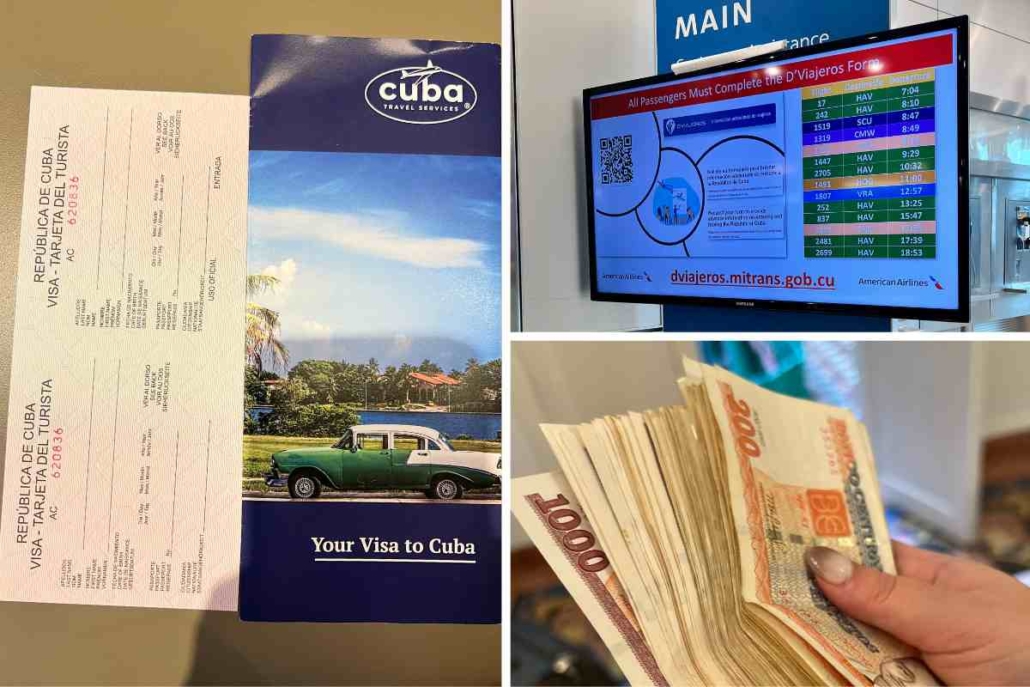
Other Requirements to Visit Cuba:
Keep Receipts. The U.S. government claims you need to keep all your receipts with a copy of your daily itinerary for five years post-visit because, technically, they can request them. I recommend booking as much as you can online in advance because we didn’t get a single receipt once we were in Cuba. As much as you can, take pictures and document everything, and save it to a file on your computer just in case.
Pay for Your Visa. You need a passport that’s valid for at least six months post-trip and need to apply for a visa in advance. You can buy one online or at the Miami airport at the American Airlines gate after your flight is booked ($85 online, $100 at the airport). They come blank for you to fill in. Wanting to save a few bucks, I bought them online for all my friends in advance, but we probably should’ve gotten them each separately since my friend missed her flight and ended up having to buy a second one since hers was in my bag… oops.
Scan the Q.R. Code for Customs. In addition to a visa, there’s a Q.R. code called D’Viajeros for Cuban customs you need to scan and fill out at the MIA airport on a T.V. screen before you go through security. We had a connection but had to recheck in to do this and were slightly confused when everything on there was in Spanish. If you look closely, there are very tiny dots or lines to change the form to English. The link is here if you want to do it in advance. Take a screenshot of your submission because the email does take a bit to come through.
Bring Cash. U.S. credit and debit cards do not work in Cuba – at all. You must bring U.S. dollars. You can exchange them for Cuban Pesos (CUP) at authorized banks or exchange offices called CADECAs, but you don’t have to as they definitely prefer USD. They also wouldn’t let us exchange our Cuban pesos back to USD on the way out, so don’t change too much, or you might get stuck with them.
Cuba FAQs
How do I get to Cuba?
There are a lot of misconceptions that you can’t fly directly from the U.S. This couldn’t be further from the truth, as there are multiple American Airlines flights a day from Miami (MIA) and a handful of other flights from U.S. hubs on United and Delta. When the restrictions were more hardcore, people used to transfer through Mexico or Canada, but there’s no need to anymore. The Miami flight is super easy and cheap; it takes only an hour. They won’t give you a passport stamp because they don’t want you to have any trouble coming back, which is a bit of a bummer, but getting there is quick and easy.
When should you go to Cuba?
November – March is high season. Similar to Texas’s Gulf Coast climate, hurricane season (August-October) is no joke and should be avoided at all costs. Summer can be uncomfortably hot, but winter is great for the snowbirds.
How much time should I spend in Cuba?
We went for a long weekend (three-day weekend), which honestly felt like a good amount of time to get a taste of Havana and do a day trip to Vinales Valley (2-3 hour drive), a beautiful scenic area where the tobacco plantations are. We would’ve liked one more day to make another day trip to Trinidad (4 hours), which we also heard is amazing and a UNESCO World Heritage Site. If you want to explore more of the island, you could easily fill 5-7 days, but it really depends on how much time you have.
Steal this Cuba Itinerary
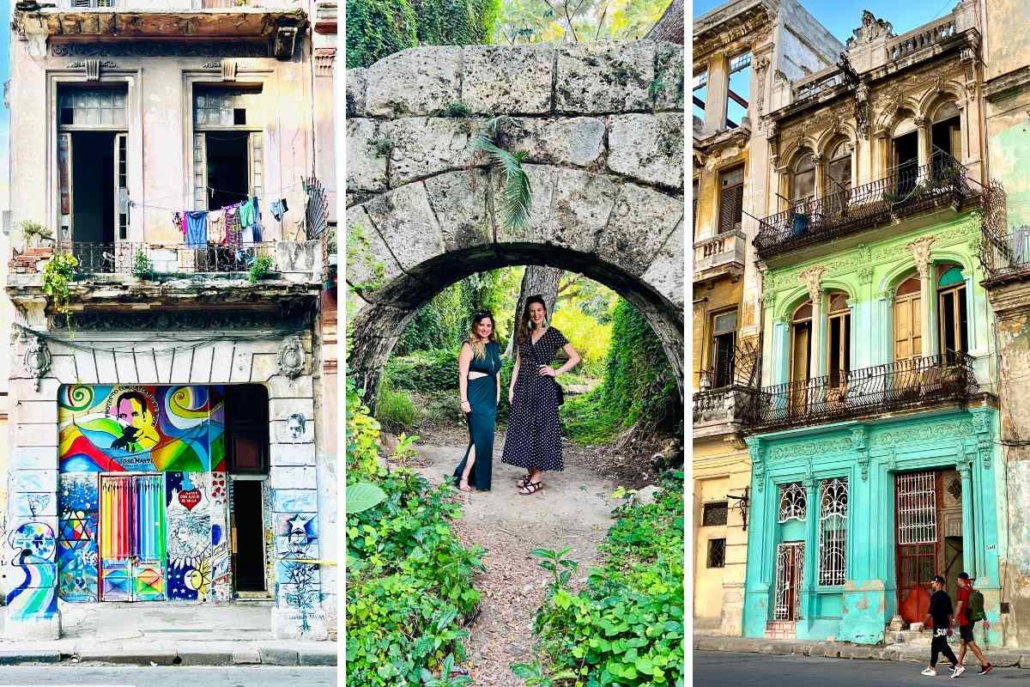
How much cash should you bring to Cuba?
Things are relatively cheap in Cuba, and realistically, you could get by on $50 a day, but it’s recommended to bring $100/day just to be safe. There really weren’t many souvenirs to buy, but things like taxis and alcohol can add up if you’re in a treat yo’self mood. You could walk most places in Havana, but cars ended up being our biggest expense, at about $25-30 a ride.
Can you legally bring Cuban cigars back to the U.S. and how much do they cost?
It depends on who you ask. TBH, I’m still confused about this and got conflicting information at every turn. I researched this extensively before I went because I knew I wanted to bring them back as gifts. According to the internet, Americans can bring up to 100 back as long as they’re for personal use. When we were at the tobacco farm in Vinales, our guide told us very specifically that Americans could legally buy 50 as long as they’re unlabeled, aka they haven’t gone through a government branding facility (according to him, Europeans could buy 50 labeled, and 50 unlabeled). Not wanting to chance too much, I brought back a box of 15 and was honest about it, declaring them at customs, to which the TSA agent said, “I don’t know who told you these are legal; none are, tell me you brought nothing,” and miraculously let me through. So, only do it if you’re willing to risk it because there really was no clear-cut answer.
What type of Cuban cigars are best?
Cohibas and Romeo and Julietas are the crème de la crème, which cost on average $8-10 USD each from the farm, $20-30 on the street, and can retail for upwards of $100 a piece in the States.
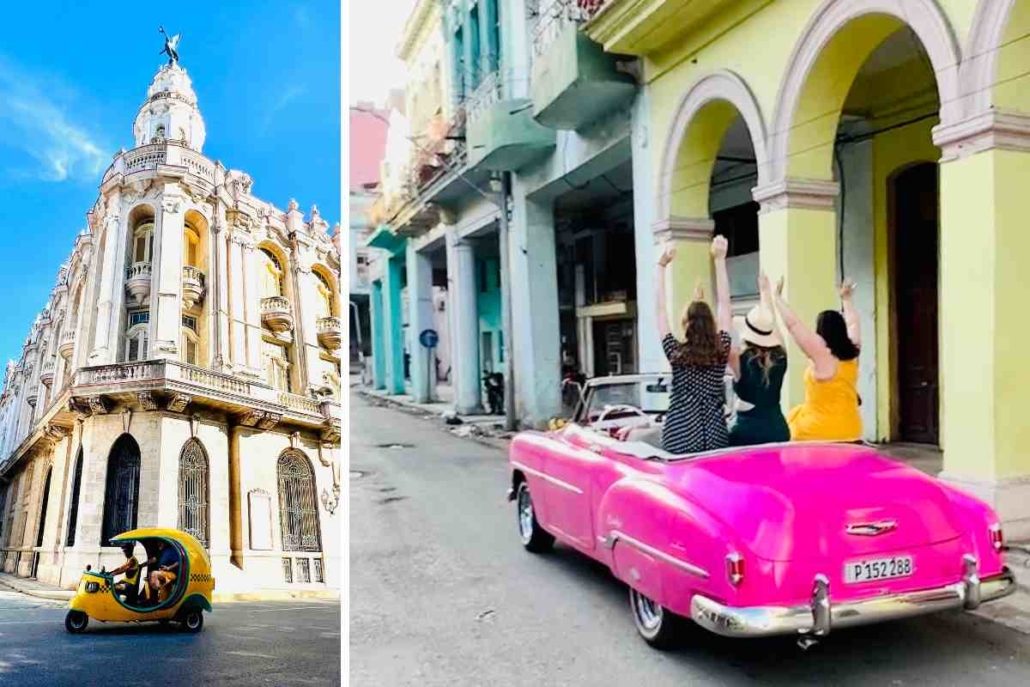
What surprised me about Cuba and what I wish I would’ve known (aka don’t do what I did):
- The money is SUPER confusing. Like, it’s the most confused I’ve ever been about currency in another country. Until COVID, they had two types of their own pesos. Now, they only have one (CUP), but they gave us different exchange rates every single day, and most argued with us about taking it. Virtually everywhere we went except a few smaller restaurants preferred USD, and some outright refused the pesos. As previously noted, don’t change too many dollars, or you won’t get them back.
- Download your Google Maps in advance. You’ve probably heard a lot about the lack of WIFI in Cuba, and the internet mostly only worked in our Airbnb. A few public areas have signs claiming “Free WIFI,” but that doesn’t mean free as in the sense of complimentary, but free as in not password protected. You’d still have to pay for it if you can figure out the Spanish to get on at all.
- My friends thought it would be more colorful. All the photos we’ve seen were heavily saturated. In reality, the buildings are more of a light pastel. It’s still pretty; just curb your expectations.
- The vintage cars are super cool and cost about the same as regular taxis, so enjoy a joy ride whenever you can. They all congregate in front of Hotel Inglaterra. The helmet-looking tuk-tuks, not so much – especially if you’re in the middle seat. Your groin will thank me.
- In general, we weren’t wowed by most of the food but were especially let down by the seafood. For an island with cheap lobster everywhere, the beef (ropa vieja) was consistently better.
Like It? Pin It!
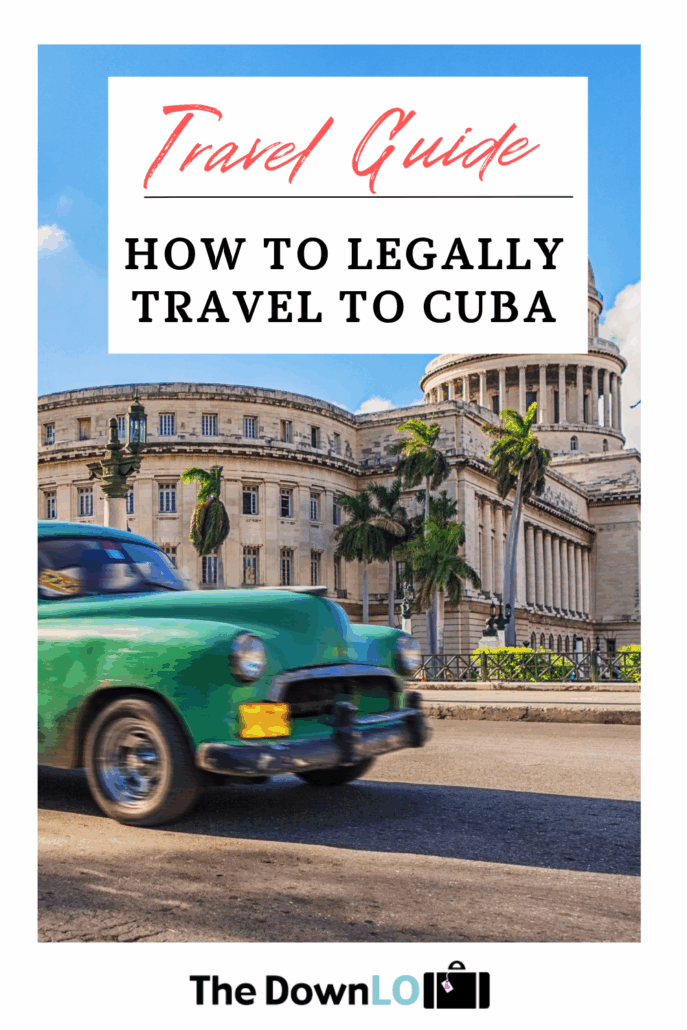
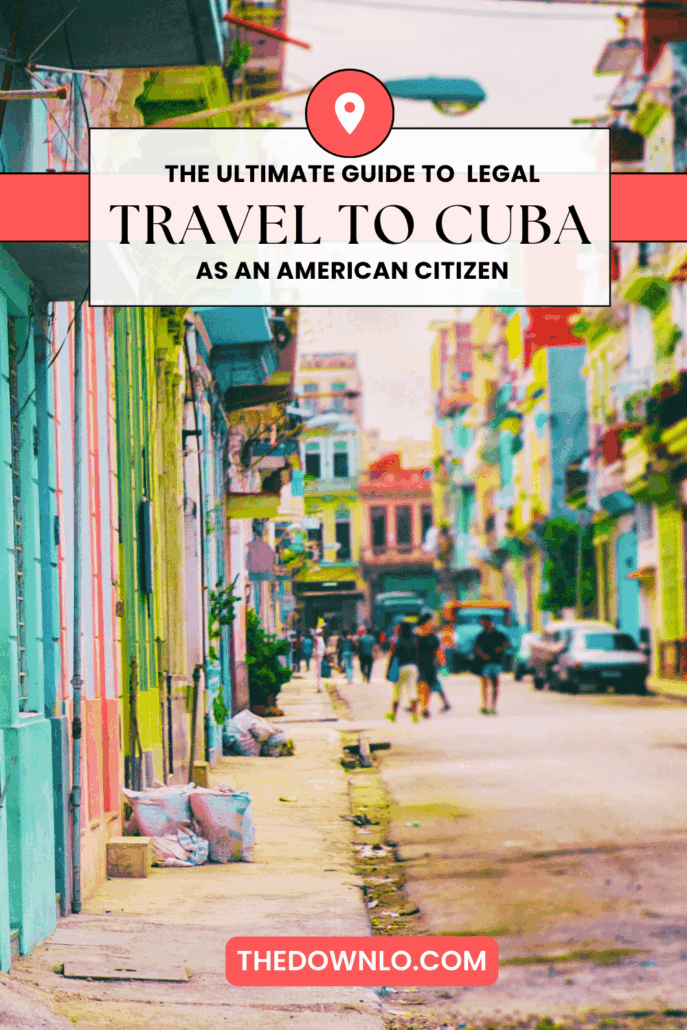
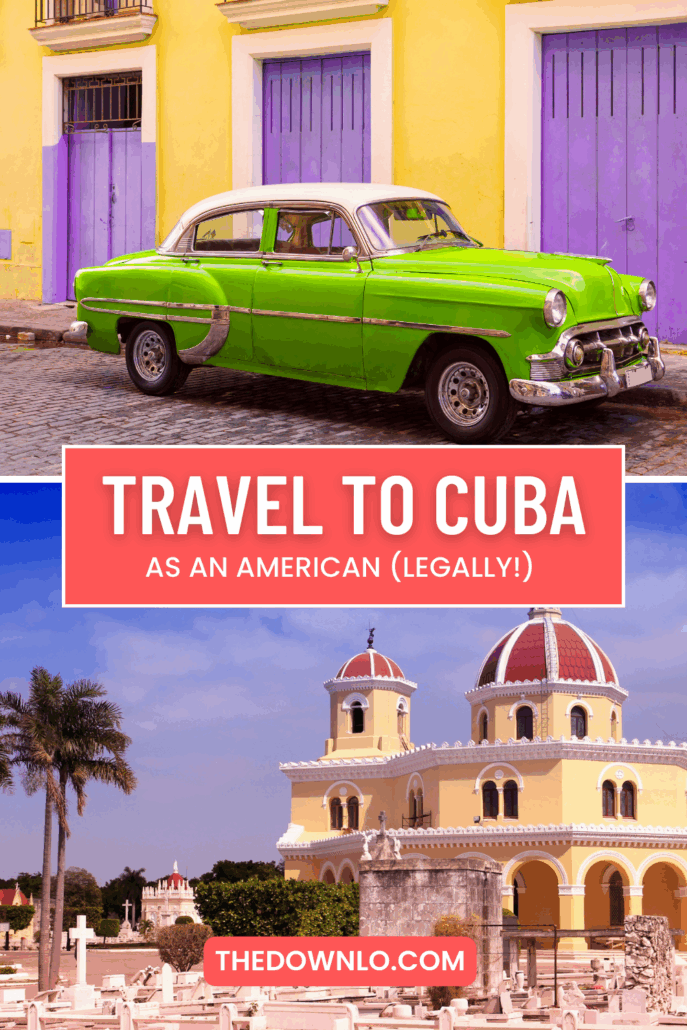
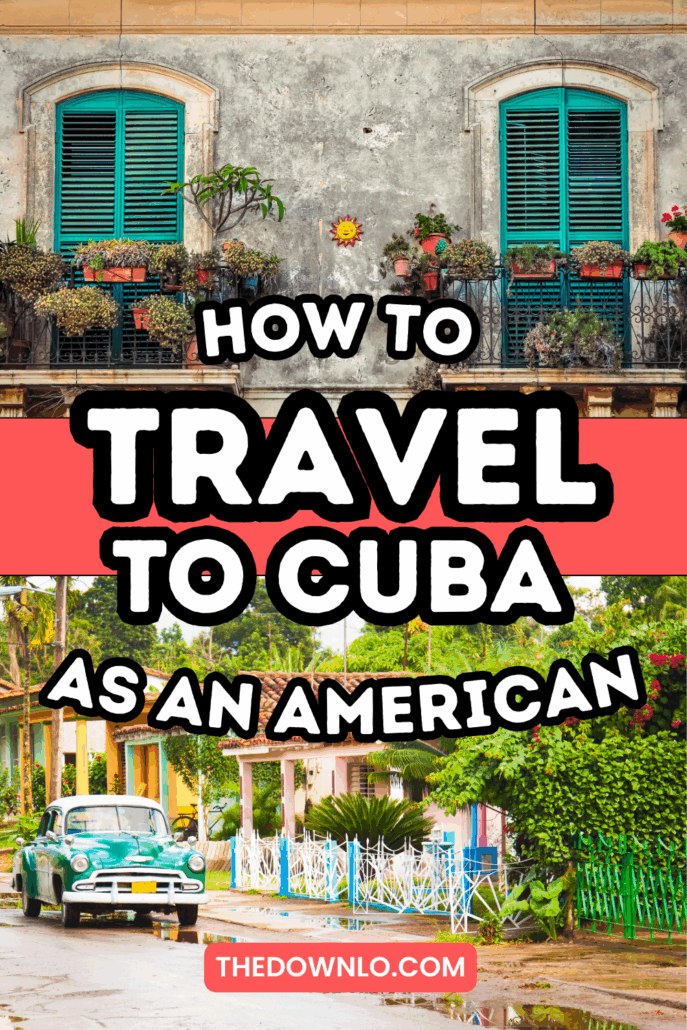

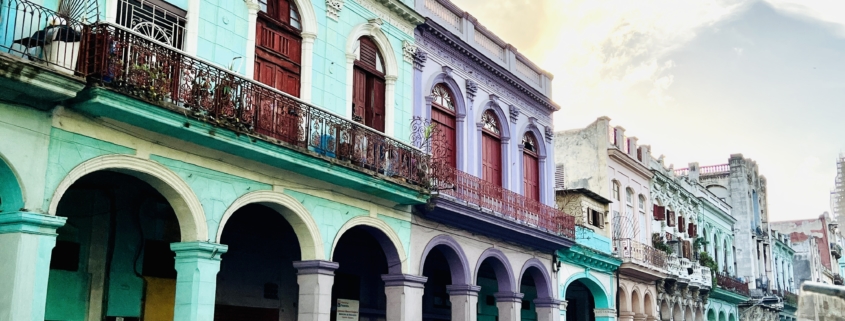



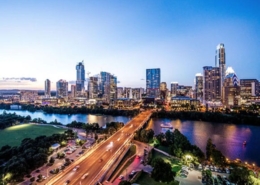





Leave a Reply
Want to join the discussion?Feel free to contribute!